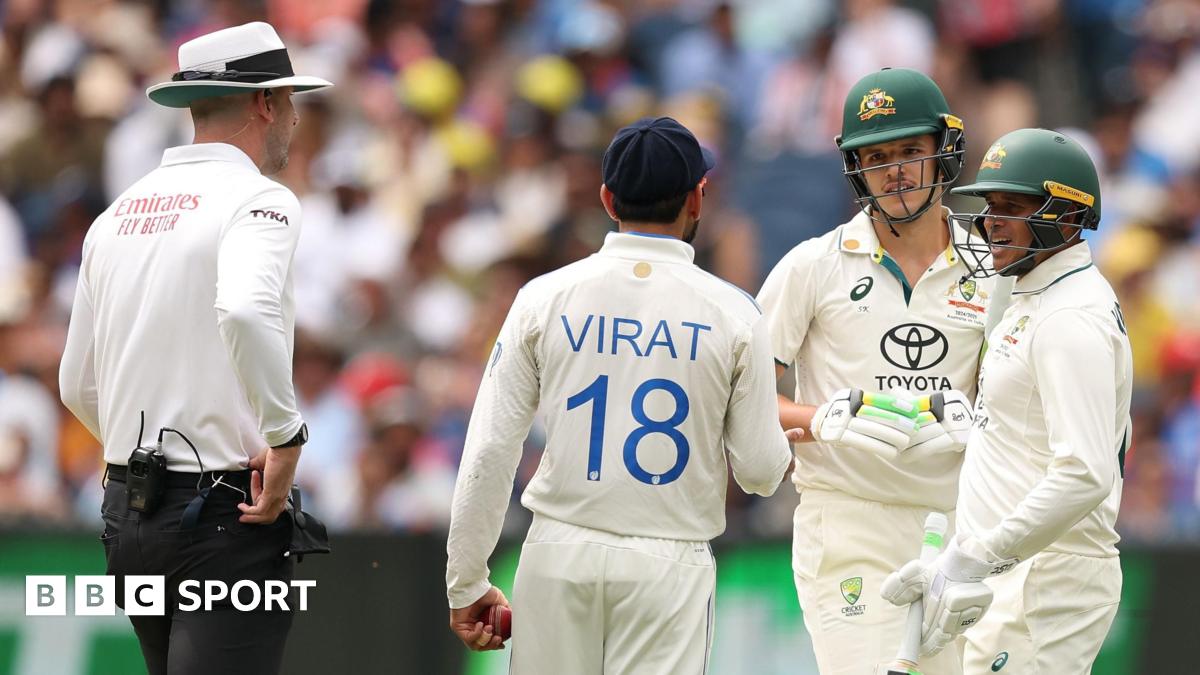
 Chris Ennion
Chris Ennion
Chris Ennion says he no longer gives the tap water to his son, Theo
Residents in parts of Mid-Ulster say their tap water has a "rank" and "mouldy" taste.
"It's just not pleasant, and if the water's warm, it's worse, so if you're showering you can smell a mould smell, which is disgusting," said Chris Ennion, from Maghera.
"We've stopped giving our little boy the water from the tap now and started giving him bottled water."
NI Water said the smell and taste were produced by naturally occurring compounds related to algae in Lough Neagh were not harmful to health.
Residents in Magherafelt, Castledawson, Draperstown, Ballinderry and Cookstown have all noticed the ''mouldy'' taste.
NI Water has not confirmed to BBC News NI how many customers and what areas are affected.
Mr Ennion has accused the company of having a "terrible attitude" in their response.
"I don't think because they're saying it's safe they shouldn't do anything about it. I don't think leaving our water source in that sort of state is acceptable," he said.
"I'd like to know if the people that are making those decisions are drinking the water themselves."
In their statement, NI Water said: "This smell and taste is related to algae levels in Lough Neagh and naturally occurring compounds found in beetroot and soil."
In response, Mr Ennion said: "I don't want a glass of beetroot."
'I've felt rubbish'

 PA
PA
NI Water said the smell and taste are related to algae levels in Lough Neagh and naturally occurring compounds found in beetroot
Mr Ennion said he has been buying more bottled water, "which is terrible for the environment," he pointed out.
The Maghera resident, who is originally from Liverpool, said the water gets worse when it's sunny.
"It doesn't seem to be a constant thing, like it's noticeable, but it seems to be after we've had really good weather," he said.
Although Mr Ennion has stopped giving the tap water to his son, he is still drinking it because NI Water says it's safe.
"I've still been drinking it. For the last week, I'd say, I've felt pretty rubbish, so I don't know if that's related or not," he said.
Residents living in the affected areas have commented on the water on community pages on Facebook.
One described it as tasting "rank" and another said it's "rotten".
'Tasted like poison'
Magherafelt resident Lauren McCulla told BBC News NI's The Nolan Show that after seeing comments on Facebook she tried her own tap water and "was shocked".
She said she usually drinks water which is filtered through her fridge, and when she compared it to the tap water she said the latter "tasted like poison".
"It was like stagnant, mouldy water.
"You couldn't give it to your child and expect them to drink it.
"Why is my fridge able to filter it and they can't?" she added.
In response, the head of drinking water regulation at NI Water, Dymphna Gallagher, told the programme that "we can reassure customers of the safety of their drinking water, even though it does taste and it does smell".
"I wouldn't want to drink water that has an earthy and musty taste, but it is safe," she added.
"We have a robust nine-stage treatment works" which is "optimised because of the algae in the lough" meaning that the difference in the water that is in Lough Neagh and the water that comes from the tap “is massive”.


NI Water says water goes through several kinds of filter at its water treament facilities
'Water supplies are safe'
SDLP Mid Ulster MLA Patsy McGlone told The Nolan Show that he is "getting complaints right throughout the constituency about the smell and indeed the taste" of the water.
"I'm concerned that a number of residents have asked NI Water to take samples, and they have responded saying that they were not going to do that.
"Surely, that would be a primary issue for them, to reassure the public that what they are consuming is safe."
In a previous statement, NI Water said they would like to "reassure" customers that their priority is the quality and safety of the drinking water they provide.
"We are aware that a small number of customers have been reporting a taste and smell in their drinking water supply.
“NI Water is confident there is no water quality issue in relation to the drinking water produced by the Water Treatment Works that abstract water from Lough Neagh."
NI Water monitors its raw water intakes from Lough Neagh and the final treated water produced at its treatment works on a daily basis to ensure that drinking water supplied to customers meets strict drinking water quality standards.
The NI Environment Agency said its Drinking Water Inspectorate (DWI) was investigating.
"The water treatment works that extract water from Lough Neagh are designed for the removal of algae that may be present in the raw water," it said.
"The drinking water regulations set standards for a range of microbiological and chemical parameters.
"NI Water monitor these parameters at water treatment works, service reservoirs and consumer taps to ensure compliance with the regulations. "
Blue-green algae in Northern Ireland
Blue-green algae, technically known as cyanobacteria, is a collection of microscopic organisms that are naturally present in lakes and streams.
Under certain conditions, blue-green algae can become abundant in warm, shallow, undisturbed, nutrient-rich surface waters that receive a lot of sunlight.
When this occurs, the algae can form blooms that discolour the water or produce floating mats or scums on the water’s surface.
Blue-green algae returned to Lough Neagh in high levels earlier this year.
Lough Neagh is the largest body of fresh water in the British Isles.
The lough supplies half of Belfast's drinking water and 40% of Northern Ireland's overall.

 3 months ago
17
3 months ago
17









